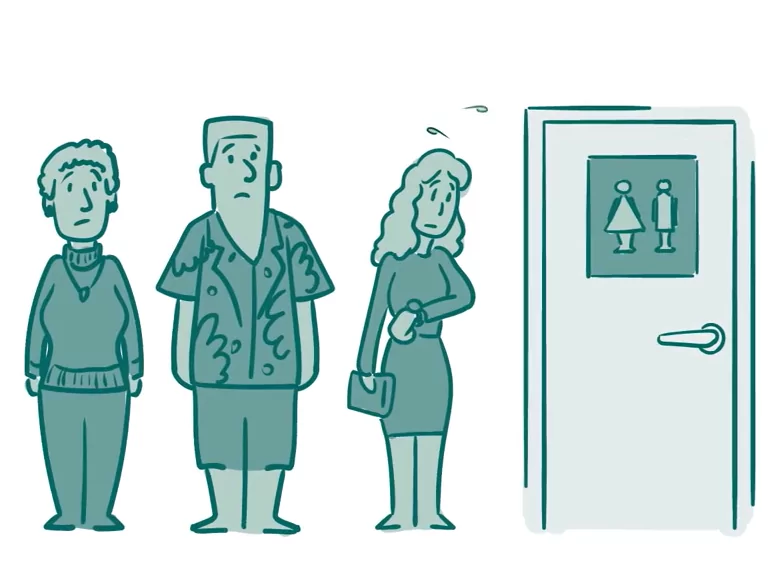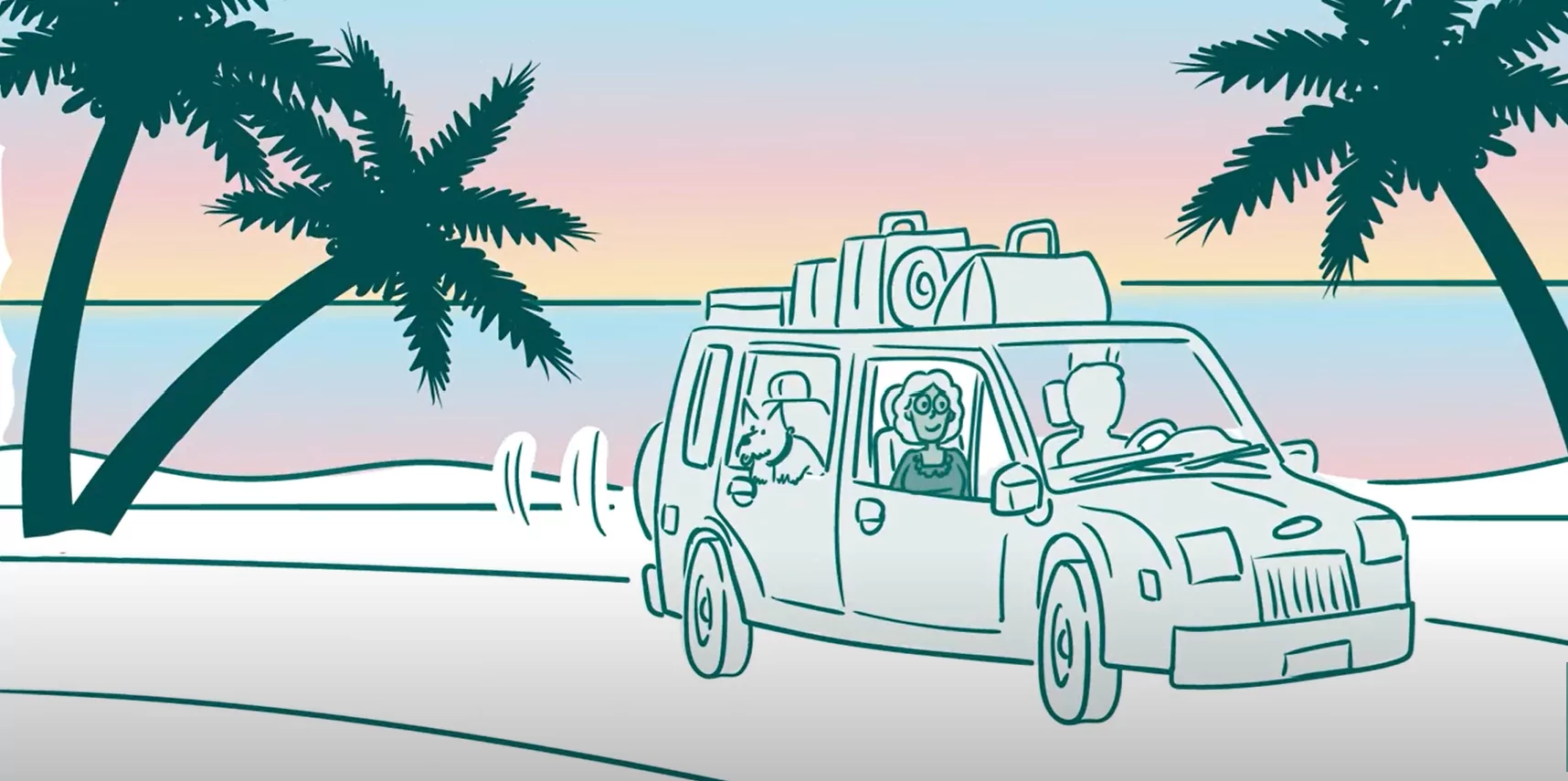What is PTNS therapy?
- PTNS stands for percutaneous tibial nerve stimulation.
- Percutaneous means that therapy is delivered through a needle placed in the skin near your ankle.
- The Tibial nerve runs the entire length of your leg.
- PTNS uses gentle stimulation, also sometimes referred to as neuromodulation, to affect the nerves responsible for bladder control.
How does PTNS Therapy for OAB work?
This Percutaneous Tibial Nerve Stimulation therapy is a gentle and gradual way of modifying the OAB signals.
During treatment, mild electrical impulses:
- Enter through an acupuncture-type needle placed near the ankle
- Travel up the tibial nerve in the leg
- Reach nerves responsible for bladder control
- During the 30-minute therapy session, patients are seated comfortably with their treatment leg raised. Many use this time to rest, read or view their phone.




